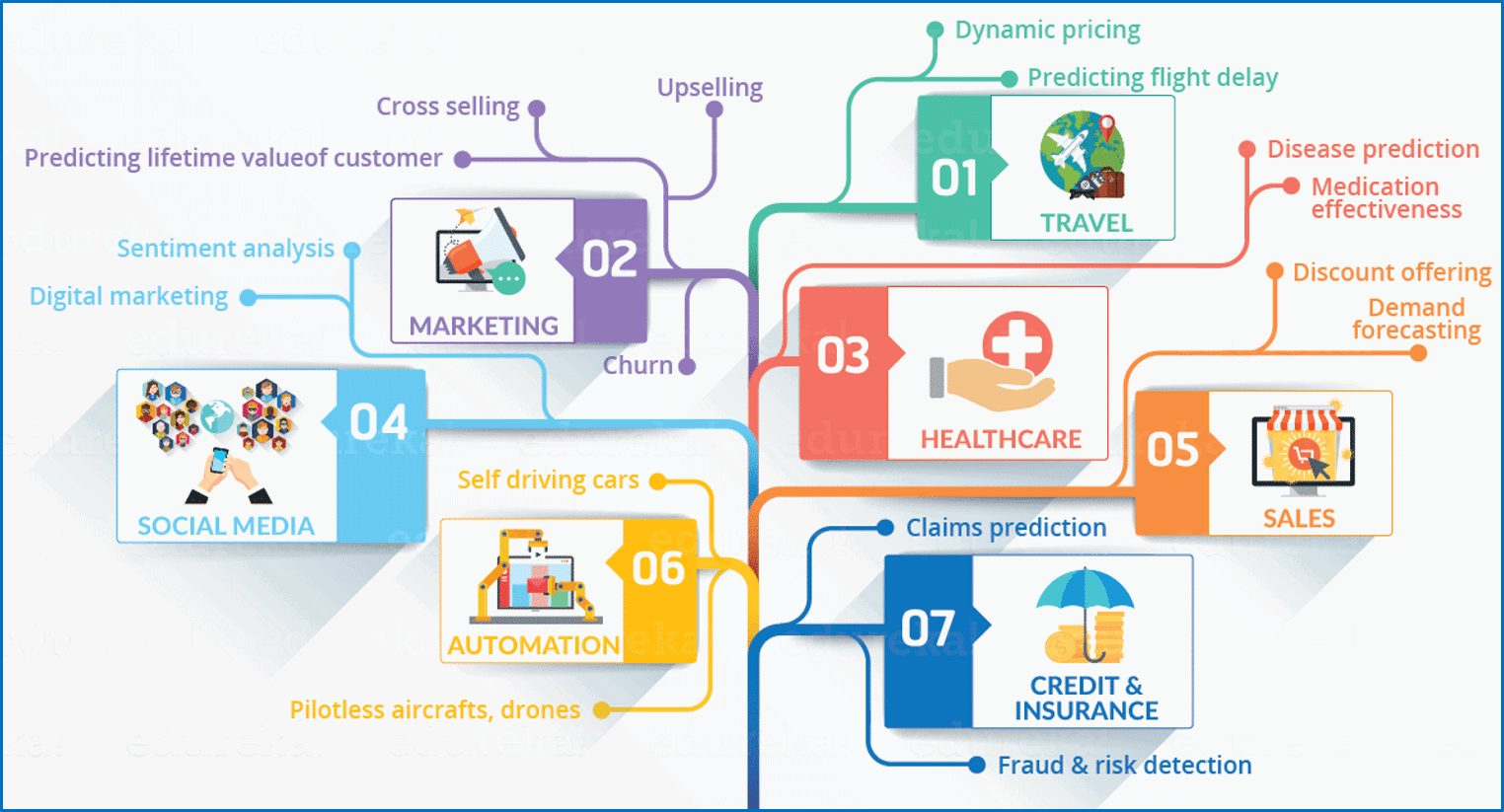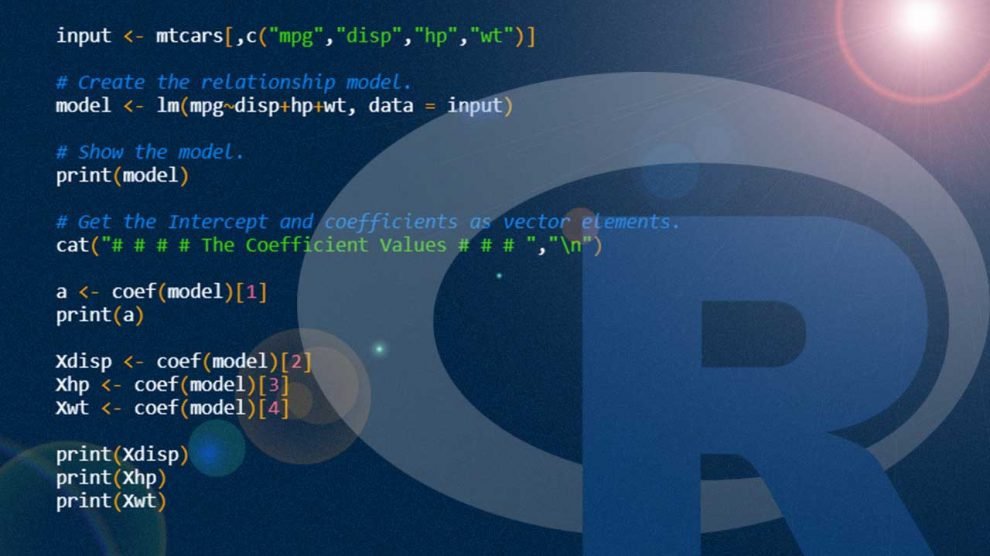When it comes to the health of a person, life and death become a matter of problem. Health care centers and medical professionals all over the world are now leveraging the power of AI, to research a plethora of ailments. One such case is cancer research. Cancer is a disease which results in the uncontrollable division of cells and hence the destruction of body tissues. This problem can be solved with the help of artificial intelligence as it is nowadays providing favorable outcomes in every field. It can help in early detection of cancer and the treatment can prove to be very successful.
Here’s a list of 5 ways Ai is being utilized in advancing cancer research:
- Machines fed with adequate data and programmed with advanced algorithms can make use of past medical records during surgery of a patient. This is possible only with the help of artificial training. Researchers have found that there are approximately 5 times fewer complications in a robotic procedure of surgery in comparison to surgeons operating alone.
- Artificial intelligence can be used to interact with patients by directing them the most effective care, answering the questions, monitoring them and providing quick solutions to their problems. Most applications of virtual nursing include fewer visits to hospitals and 24 hours of care to the patients.
- Healthcare providers also make use of artificial intelligence to diagnose patients. Early diagnosis of cancer has now become a necessity, as any delay can cause a difference between life and death.
According to a recent study, artificial learning methods can help to classify the patients into high or low-risk groups. The study further added that AI has a great impact in the area of cancer imaging as artificial intelligence can analyze more than 10000 skin images with higher sensitivity.
- Complicated tests and analysis, such as CT scan and internal imaging have turned out to be hassle-free with the help of AI-enabled systems. It reduces the chances of any manual error and helps the doctors to diagnose the condition before it becomes critical.
According to a study AI has proved to be 99% accurate and more than 25 times faster in detecting breast cancer. Artificial intelligence can also be used to find out vertebral fractures if any.
- AI has the potential of developing lifesaving drugs and saving billions. Engineers have developed algorithms that can analyze the potency and effectiveness of the medicines developed for treatment. It also helps them to make better decisions related to healthcare.
Most of the people even use wearable technology based on artificial intelligence to check out their sleep patterns and heart rate. Applying artificial intelligence to detect cancer can inform healthcare providers about specific chronic conditions and manage the disease in a better way.
So there are various cases where artificial intelligence can find its application. Artificial intelligence training can help the individual to enhance their skills and knowledge in the field of artificial intelligence.
Imarticus Learning is one of the leading institutes that provide numerous courses in data science, machine learning, blockchain, etc. The institute takes pride in helping students make a career in artificial intelligence. AI has improved its application in the past few years and is expected to revolutionize the world in many ways in the coming years. Thus, having good artificial intelligence training will prove to be useful in all fields. You can have such good knowledge with the help of experts and qualified staff at the institute which can help you to shape your career in a better way.



